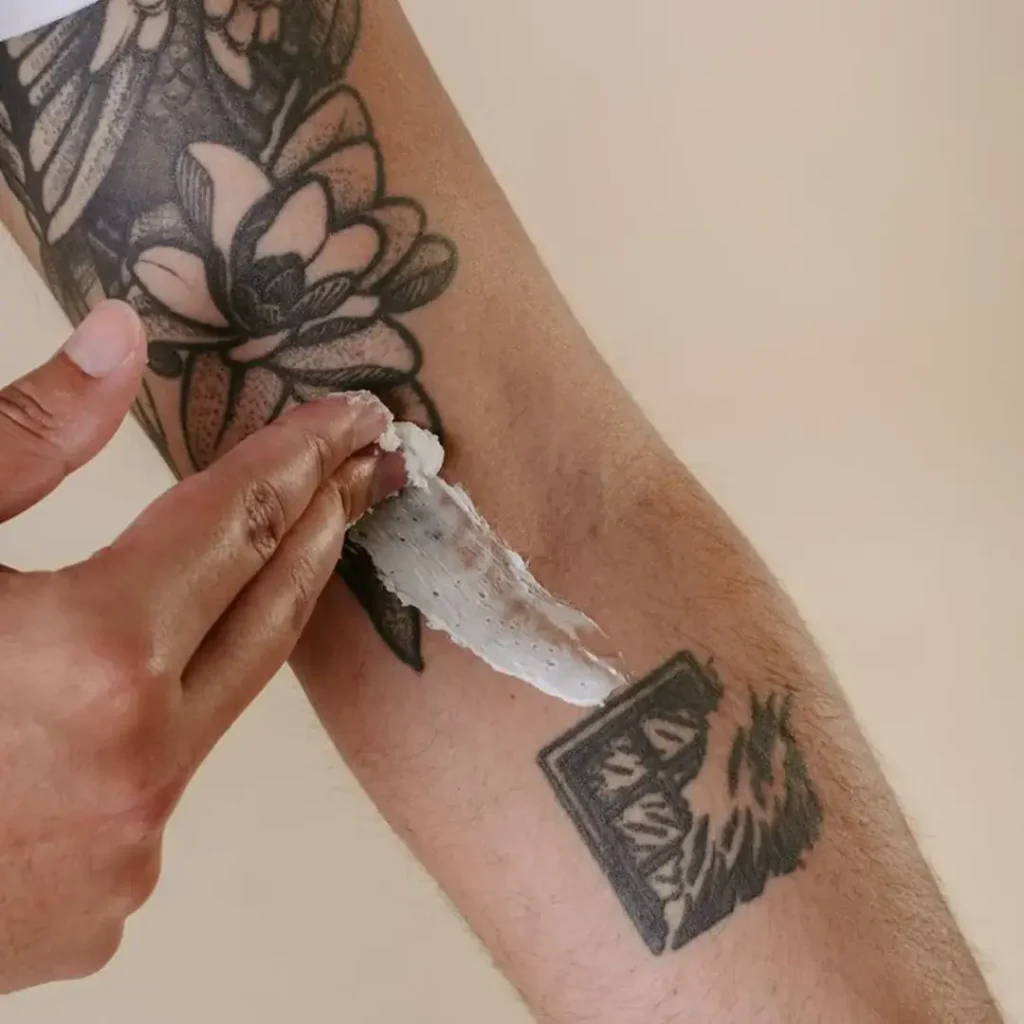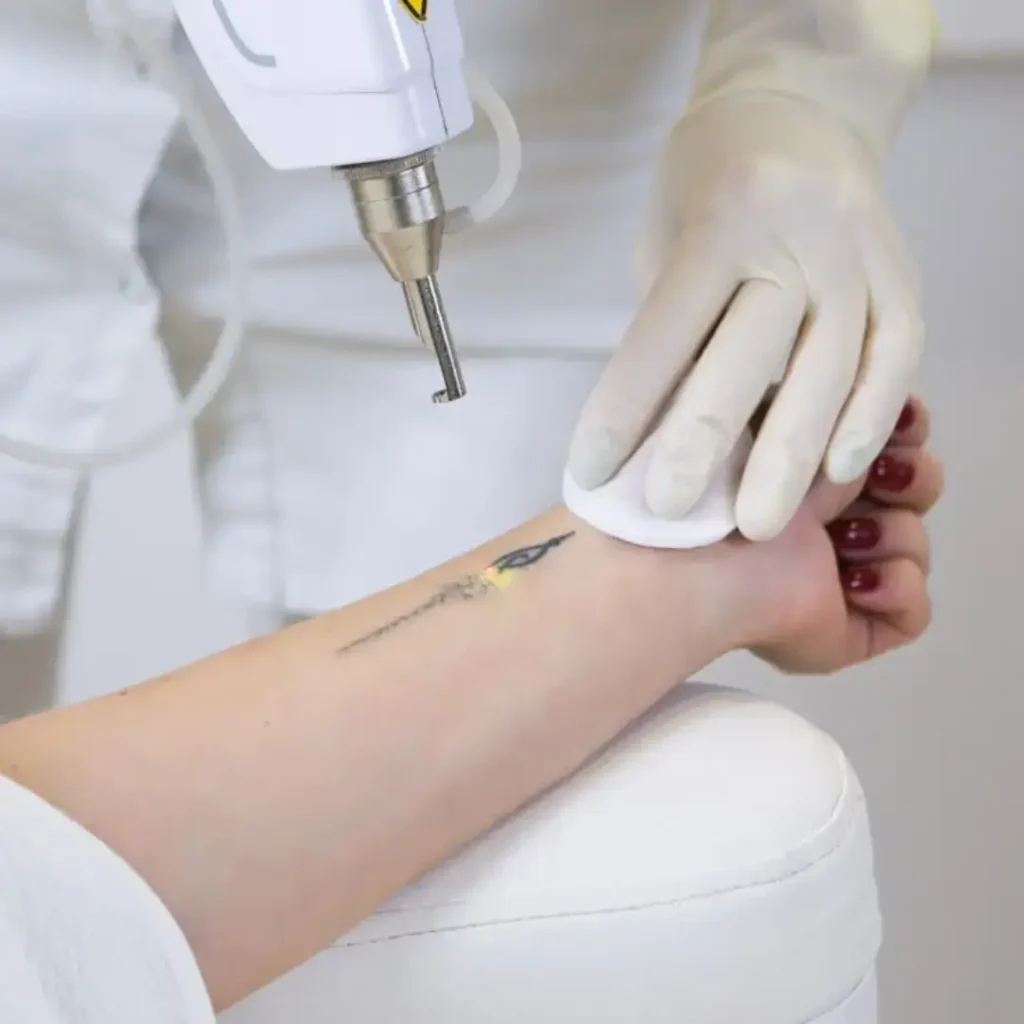Not every tattoo ages well—and that’s okay. In 2025, more people are opening up about tattoo regret and removal, realizing that erasing or transforming ink can be a healthy form of self-renewal.
Whether it’s a name from your past, a faded design, or a choice that no longer reflects your identity, regret doesn’t have to define you. What matters is finding safe, professional removal options and prioritizing emotional recovery.
Tattoo Regret and Removal in 2025: Why It’s Normal
Regret doesn’t mean you’ve made a mistake—it means you’ve evolved.
A study by Cleveland Clinic found that nearly 25% of people experience tattoo regret. Common reasons include:
- Life or relationship changes
- Shifts in personal values
- Poor tattoo execution or fading
- Outdated trends from early designs
The positive twist? Tattoo culture in 2025 embraces change as part of the journey..
Safe Tattoo Removal Methods
1. Laser Tattoo Removal (PicoSure & Q-Switched)
Laser removal remains the gold standard in 2025. Devices like PicoSure and Q-switched lasers break ink particles into tiny fragments, which your immune system clears away naturally.
- Works best on black, blue, and red ink.
- Requires multiple sessions (usually 6–10).
- Minimal scarring if done by professionals.
2. Non-Laser Techniques
Creams and DIY methods claim fast results, but dermatologists warn they can cause scarring and chemical burns.
Always consult a licensed professional for proper tattoo regret and removal care.
3. Tattoo Cover-Ups as a Healthier Alternative
Not all regret leads to removal. Many clients opt for cover-up tattoos—a way to transform old designs into new art that better reflects who they are today.
This approach preserves the body’s integrity and can even turn regret into rebirth.

Emotional Healing After Tattoo Regret and Removal
Tattoo regret runs deeper than skin—it can affect confidence, self-image, and even identity. Here’s how to heal emotionally through the process:
1. Acceptance Before Action
It’s okay to feel regret. Everyone evolves. Accepting your feelings is the first step toward healing, whether you choose removal or transformation.
2. Reflect, Don’t Rush
Before booking a removal session, take time to understand why you regret the tattoo. Are you reacting to a moment—or a long-term shift in values?
3. Choose Artists and Clinics Who Care
When seeking cover-ups or removal, work with professionals who respect your emotions. Many tattoo artists now offer consultations centered around personal meaning and healing.
4. Reclaim the Narrative
Tattoo regret doesn’t erase your past—it reframes it. The removal or transformation becomes a symbol of growth, not failure.
Artists’ Role in Tattoo Regret and Removal
Many artists using LucentDesk have noticed an increase in emotional consultations. Clients message at midnight with stories, not just requests.
LucentDesk helps artists manage those messages with empathy and structure:
- Sends automated but caring responses.
- Shares deposit, booking, and consultation links instantly.
- Keeps the client conversation safe, private, and organized.
It’s not just about booking—it’s about supporting healing journeys while respecting both sides’ time.
A New Meaning of Freedom
In 2025, tattoo regret and removal represent freedom, not shame. Whether you erase, redesign, or simply reflect, it’s all part of reclaiming your story.
Ink fades—but meaning remains. And that’s what makes tattoo culture today more human than ever.

